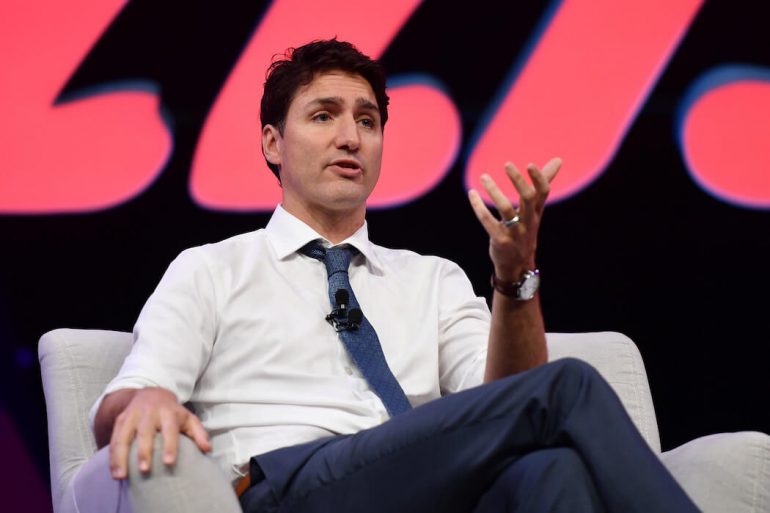Prime Minister Justin Trudeau released the ministerial mandate letters on Friday morning, outlining the work to be done by his 35 newly appointed Cabinet members.
The letters come just shy of a month since Trudeau revealed his new cabinet, which saw some movement on who will be responsible for Canada’s innovation and technology sector.
The mandate letters confirm a shift in the federal government’s Regional Development Agencies (RDA) program, which are six groups that are meant to support regional economic growth through innovation.
As BetaKit reported in November, Mélanie Joly, minister of economic development and official languages, is taking over responsibility for the federal government’s RDAs, which were previously under Minister Navdeep Bains. Joly will run the RDAs within the department of Innovation, Science, and Economic Development (ISED) portfolio.
Bains previously led ISED, which now has four ministers working on its portfolio. Along with Bains and Joly, Mary Ng, minister of small business, export promotion and international trade, and minister for women and gender equality and rural economic development Maryam Monsef will each have roles within ISED.
Part of Minister Monsef’s mandate is to support the RDA program, with a focus on rural economic development.
As the new minister for economic development, Minister Joly is also responsible for the creation of a new technology and commercial support fund. Promised as part of the Liberal Party’s platform during the election, the new fund is meant to connect farmers, researchers, agribusinesses, and energy companies in order to implement technology and infrastructre towards clean energy. While dollar ammounts have yet to be shared, the fund will be administered through the Western Economic Diversification RDA.
With Minister Bains and minister of digital government Joyce Murray maintaining much of the previous roles, their mandates remain relativity consistent. Both are tasked with continuing work on the ethical use of data and digital tools, including artificial intelligence. Minister Murray will also continue work on the backlog created by the Phoenix Pay System and developing open source and open data projects.
Bains is tasked with continuing his work supporting job creation, technology adoption, investment, and scale-up, as well as his science and telecom agenda. He will also work with the minister of justice and attorney general of Canada and the minister of Canadian heritage to advance the government’s Digital Charter, which he revealed in May.
Minister Ng, who saw her portfolio expanded to include international trade, has been tasked with platform promises to make it easier for small businesses to operate in Canada. Her letter outlined the goals: reducing the cost of incorporating a company in Canada by 75 percent (from $200 to $50), eliminating the “swipe fee” on HST and GST for credit transactions, and creating the Canada Entrepreneur Account, which will be administered through the Business Development Bank of Canada (BDC) and provide as much as $50,000 to 2,000 entrepreneurs to help them launch businesses.
Trudeau made ministerial mandate letters public for the first time in 2015 and created an online mandate tracker, meant to help Canadians follow the progress of government commitments.
That tracker currently outlines what the Liberal government promised in 2015, noting that the government has fully met some of the expressed commitments with regards to its initial core priorities. Some of these include the creation of more co-op placements for students in STEM, establishing Canada Research Chairs in sustainable technologies, strategic investments in cleantech, and ensuring tax measures attract more cleantech investments. In the most recent mandate letters, Minister Bains is tasked with positioning Canada as a global leader in clean technology.
Some of the commitments from 2015 that were not fully met, but are still in progress, include helping small- and medium-sized enterprises grow, which was tasked to Ministers Ng and Bains, reducing the administrative burden on small business, tasked to Minister Ng, and increasing high-speed broadband coverage, including in rural communities, which was tasked to Ministers Bains and Minister of Rural Economic Development. Those three commitments are therefore outlined in the most recent mandate letters.
With files from Isabelle Kirkwood
Photo by Sam Barnes/Collision via Sportsfile


